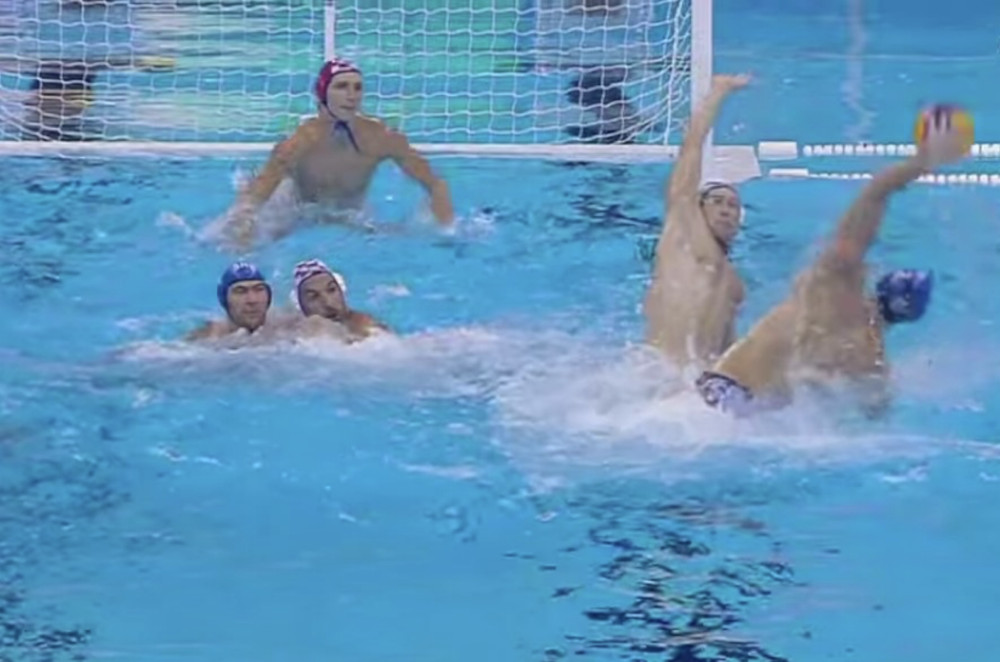With New Rule Changes Being Pushed Through by Sport’s International Association, Water Polo Will No Longer Be Same
Originally scheduled to be tested at the next Men’s Water Polo World Championships in 2025, World Aquatics (previously known as FINA, the worldwide federation for administering international championships in water sports) has shocked the water polo community by announcing new rules.

A new regulation that states that the revisions went into force on November 9 is now visible in the “Rules” section of the water sports federation’s official website. All men’s and women’s competitions that fall within World Aquatics’ purview must follow these regulations, including the Olympics, the World Cup, and the senior and youth World Championships (U16, U18, and U20). These new regulations will therefore be applied at the Men’s World Championships in Singapore, which are set for July 2025. World Aquatics hasn’t yet announced the adjustments through a press release or an article on its official website, probably to avoid the backlash from the water polo players and coaches.
What Do New Rules Bring?
The water polo community has been rocked by World Aquatics’ decision to implement new regulations without conducting testing or holding a congress, as was the case in 2018.
What are these new regulations, then?
Reducing the men’s playing area to 25 meters and the possession time from 30 to 25 seconds (only for men’s matches) are the two biggest changes.
The so-called “second possession” time and the duration of temporary expulsions have been reduced from 20 to 15 seconds for both men and women.
The “challenge” system, which allows each coach to protest a referee’s call and request a VAR review once each game, is another addition to the new regulations. The coach has the right to another challenge if they are successful.
The team began with seven players, including a goalie, under the previous regulations. Now, after the game starts, a team may choose to use seven outfield players instead of a goalie. The designated goalie or backup goalkeeper may play the outfield if a team has no more eligible outfield players. On the other hand, an outfield player may play goalkeeper if no goalkeepers are available, as long as they don a red cap.
Regarding the new regulations, the water polo community is particularly worried about the decrease in possession time, or attack time. Given that water polo involves swimming rather than running with the ball, it’s only one second longer than basketball, which is deemed excessively short.
Water polo can’t be compared in popularity and player base to football, cricket, and basketball, which have billions of players and viewership. There are 478,791 people worldwide who are registered as water polo players (data from 2019). In some nations, water polo is more and more popular, such as the USA, while in Europe there are countries where the sport is traditionally popular (Hungary, Serbia, Spain, Italy, Croatia, Greece, etc.), and these nations are always medal favorites at big events by all online bookmakers that have water polo markets. However, sudden and unannounced rule modifications like these won’t help spread the sport’s popularity, that’s for sure.
More tips on Water polo

Montenegro









